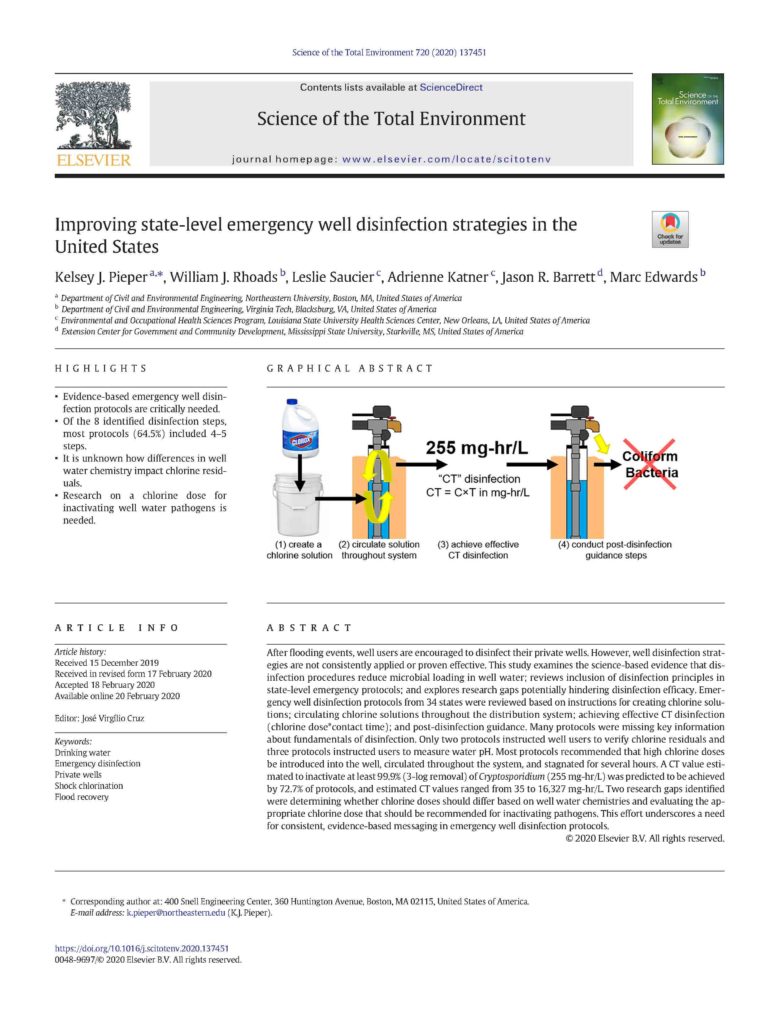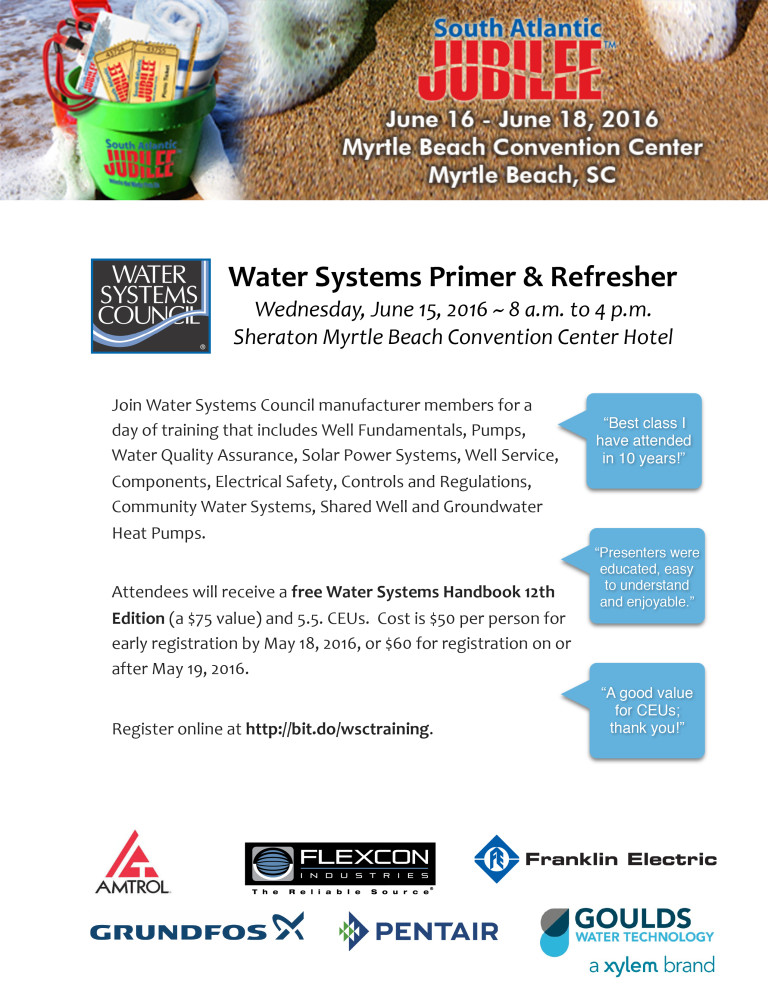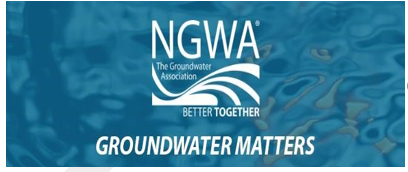HazCom
One of the most common hazards we deal with in both the drilling industry and the pump services industry are the chemicals we use every day. From the diesel fuel we use to power our equipment, to the chemicals we use in our drill mud, to the chemicals we use to develop a well, each has a hazard and certain precautions that must be taken when handling that chemical. But how do we know what these hazards are? They are identified in what used to be called the Material Safety Data Sheets (MSDS’s), but are now called Safety Data Sheets (SDS’s). And more has changed than just the name.
In 1983 OSHA first introduced their Hazardous Communication System (HazCom) for the manufacturing industry. They expanded this to cover other industries, and then in 2012 OSHA decided to join the United Nation’s Globally Harmonized System of Classification and Labeling of Chemicals (GHS). This system is intended to standardize the way chemicals are labeled and the format of the SDS sheets themselves. The hope is that by standardizing the way hazards are communicated, more people, especially “low and limited literacy” workers, will be able to protect their health.
OSHA defines hazardous chemicals as “any chemical which is classified as a physical hazard or a health hazard, a simple asphyxiate, combustible dust, pyrophoric gas, or hazard not otherwise classified.” A physical hazard would include a chemical such as an acid. The acid would cause damage to your skin if you handled it without the correct PPE. A health hazard would be a chemical such as benzene, a common additive used in gasoline that is known to cause cancer. If benzene is breathed into the lungs in sufficient quantities, years down the road you might develop cancer. A simple asphyxiate is a chemical such as, carbon dioxide. Carbon dioxide replaces oxygen, so breathing in this chemical would replace the oxygen in your body. A combustible dust can be something as common as sugar dust. You might think of sugar dust as harmless, but in 2008 an explosion caused by sugar dust killed 14 people. Pyrophoric gases are gases that will naturally ignite at temperatures below 130 degrees F. These gases are often non-metal hydrides with names like arsine, phosphine and silane. And a “hazard not otherwise classified” means just that: anything else that has a hazard, but does not fall into the categories above. As you can see, we deal with hazardous chemicals all the time.
So, what exactly has changed? The biggest changes affect the chemical suppliers themselves in two main areas: Product Labeling and SDS Standardization. Previously, it was up to the chemical company to design the labels on their products. Now with the new rule there is a set of labeling guidelines they need to follow. Product labels need to have the following six sections:
- Name, address and telephone number of the chemical manufacturer, importer or other responsible party
- Product Identifier: This is decided on by the manufacturer, but must match section one in the chemical’s SDS.
- Signal Word: There are only two signal words– Warning and Danger. Only one word will be on the product, regardless of how many different hazards that chemical presents. If one chemical has both a hazard that qualifies for a “Warning” signal word and a hazard that qualifies for a “Danger” signal word, the product will only use the higher level “Danger” signal word.
- Hazard Statements: Describe the hazard of the chemical and the degree of the hazard. The statements will be standardized and use the same wording, so they are the same across all manufacturers.
- Precautionary Statements: There are four parts of the precautionary statements–Prevention (PPE for example), Response (What to do if the chemical is spilled or enters the body), Storage and Disposal.
- Pictograms: International symbols that convey the hazard without language barriers
Those of us who have spent time looking at multiple MSDSs know that each MSDS used to be unique with the information placed in whatever order the chemical manufacturer decided upon. This led to confusion when looking for critical information within the MSDS. The new SDSs have a standardized format that should make looking up information much easier. Once you have learned to navigate one SDS, you will know how to navigate them all. Each SDS is divided into 12 mandatory and 4 non-mandatory sections:
- Identification: Product Identifier matching what is on the product label
- Hazard Identification: Hazard Class, Signal Word, Hazard Statement, Pictogram, Precautionary Statements
- Composition/Information on Ingredients: What is in the chemical
- First Aid Measures
- Fire Fighting Measures
- Accidental Release Measures
- Handling and Storage
- Hazard Controls/Personal Protection: PPE
- Physical and Chemical Properties: Odor, pH, Flash Point, etc.
- Stability and Reactivity
- Toxicological Information
- Ecological Information (Non-Mandatory)
- Disposal Considerations (Non-Mandatory)
- Transport Information (Non-Mandatory)
- Regulatory Information (Non-Mandatory)
- Other Information: Date SDS was built or revision date
We are now at the point where all employees are expected to be trained on the new label and SDS format of the GHS. This is training that can be done in house, and is really just explaining to your employees about the change and what it means: That the SDS’s will have a different format and the products themselves will have different labels. The OSHA website is a great resource, and if you visit the OSHA website at https://www.osha.gov/dsg/hazcom/index.html there are useful fact sheets and guides to help you through this. The training should focus on the following areas:
- How to read SDS’s
- First Aid requirements and emergency response information
- Location of the written Hazard Communication Program, list of hazardous materials and Safety Data Sheets.
- Description of the jobs where these hazards are present.
- The physical and health hazards of chemicals they are exposed to in the workplace.
- Personal protection requirements for chemicals in the workplace.
- Ways to observe and detect the presence of hazardous chemicals in the workplace.
- Labeling requirements and explanation of labeling systems.
As with any training, make sure that you have a sign in sheet for the class and that you have documented the training with a policy sign off sheet. If you have people who are working in your facility and have a possible exposure to chemicals they also need to be trained on your HazCom policy. You should have annual refresher training and training whenever you introduce new chemicals with hazards you have not covered. One of the best ways I have found to reinforce this training out in the field is to visit a work site and pick up a jug of some chemical and ask: “what would happen if I drank some of this?” When the crew realizes that you are serious they will be forced to go to the SDS book and find the section that answers your question. It is great practice for the crews and is a good way to make sure you have SDS’s for your chemicals.
So, where should you start? If you are a little behind, it’s not too late to catch back up. Unless you are producing chemicals, the only real changes that affect you and your employees are that your employees need new training, and that the employers need to update their Hazardous Communication (HazCom) program. If you don’t have a HazCom program, this is a great time to create one because you are going to need it. What exactly is a HazCom program? It is a document that puts your hazards, procedures and PPE all together in one place. It will explain that you are compliant and understand the new standards. It will make clear that you label products, have the correct SDS’s for the products, train your employees and maintain records. It will explain who is responsible for the program and who monitors and supervises the employees in the field. Your HazCom program should be reviewed with any new employees and reviewed with your existing employees as changes occur or simply as a refresher. The OSHA website is a great resource, and it even has sample HazCom programs you can use. If you visit https://www.osha.gov/dsg/hazcom/solutions.html there are several programs you can look at.
The first part of building your HazCom program is knowing what chemicals you have at your facility and out in the field. This is done by simply walking around your facility and your work sites and writing down the chemicals that you use and their quantities. The OSHA website even has a blank Chemical Inventory list you can download and use: https://www.osha.gov/dte/grant_materials/fy09/sh-18796-09/sample_hazcomprogram.doc . If this seems like too much or you have a large amount of chemicals you deal with, there are companies which will come in and manage your chemical inventories for you. Some will keep them online, so you and your employees can download the latest SDS, and some have a service where your employees can call and tell them what chemical they are using, and the service will answer any questions about it.
Once you know what chemicals you have, you need to understand the hazards of each and whether or not your people have the training and PPE to keep from being harmed. For example, the gel that we use for drilling has silica in it, so you need to be aware of this and the risk of silicosis for your employees. Once you have decided what PPE your employees need you must make sure that your employees are trained on how to use that specific PPE. Some PPE, like respirators, need the employee to be medically cleared and fit tested before that employee can use the PPE. Typically your suppliers can help explain the proper use and care of the PPE and there are even videos on the internet that walk you through the whole process of donning (putting on), doffing (taking off), cleaning and storing the PPE.
Hazardous Communication might at first seem like a very boring and abstract topic, but the shift from the old MSDS system to the Globally Harmonized System has made this an important subject to understand. In the end it is all about protecting the people who are working with the chemicals. Just like we want to make sure our employees are not getting cut or breaking bones, let’s make sure that they are not being exposed to hazardous chemicals. You typically see broken bones and cuts right away, but with chemical exposure the health problems may show up 20 or more years down the road.
Article Submitted By:
John Fowler is a Certified Safety Professional (CSP) and Crane Institute of
America certified crane trainer who has been working in the drilling industry for
the past 15 years. John began his career as a roughneck in the Prudhoe Bay, AK
oilfield and has drilled on projects ranging from ice coring in Greenland to ice
drilling at the U.S. South Pole Station in Antarctica. Before becoming a safety
professional John was drilling de-watering wells and mineral exploration holes for
large surface mines throughout the western U.S. John lives in Tappahannock, VA
and founded Drilling Safety Solutions, LLC to provide Virginia’s drilling and pump
servicing companies access to safety advice, programs and training designed for
their specific needs. John Fowler, CSP 804.925.9646
drillingsafetysolutions@gmail.com





